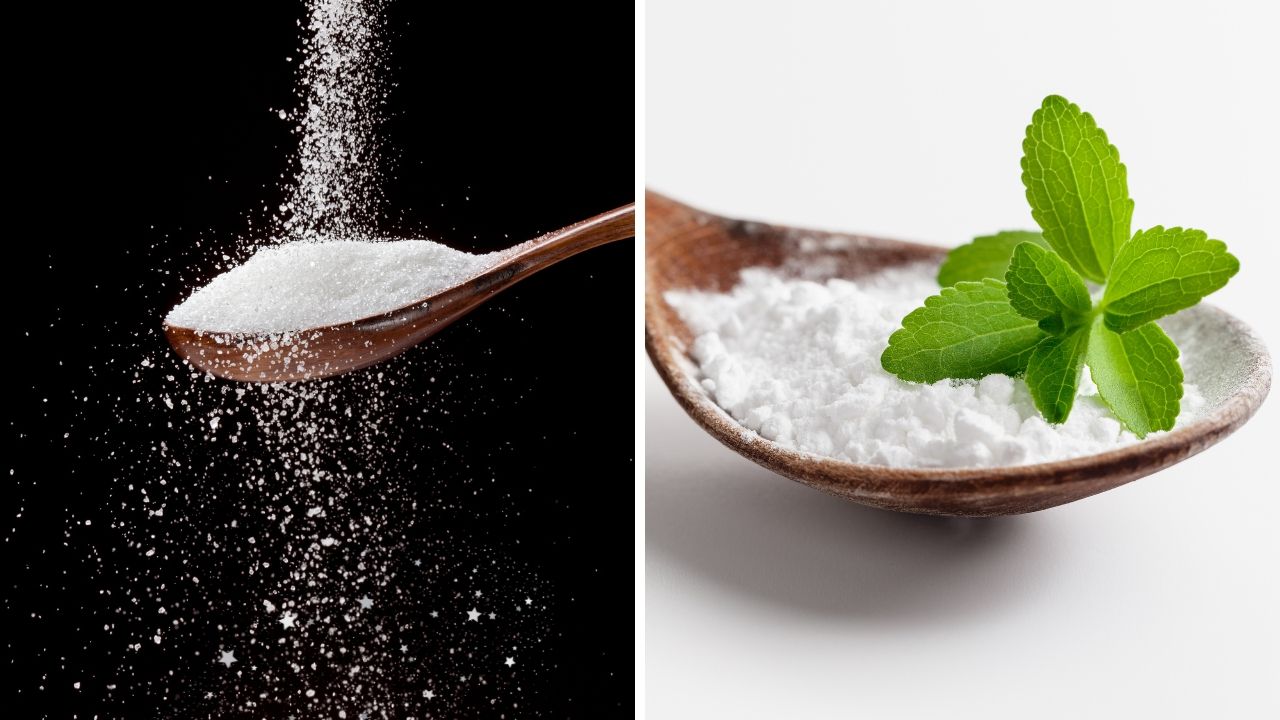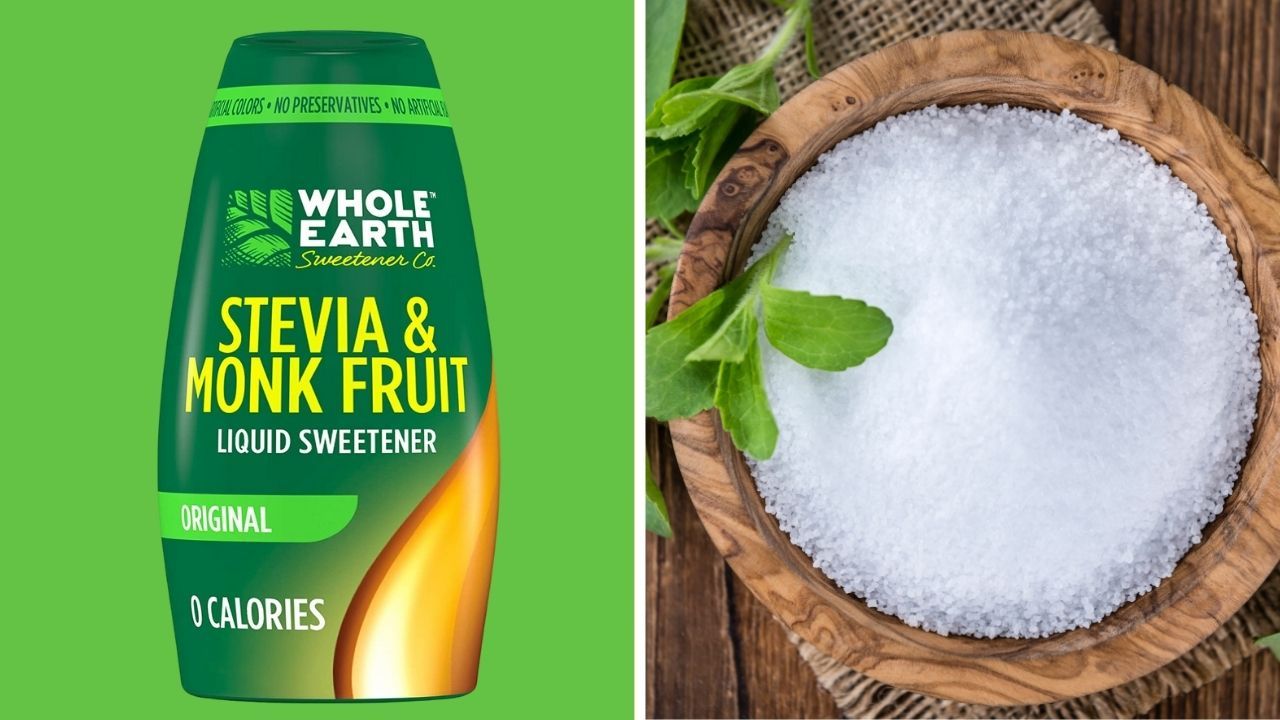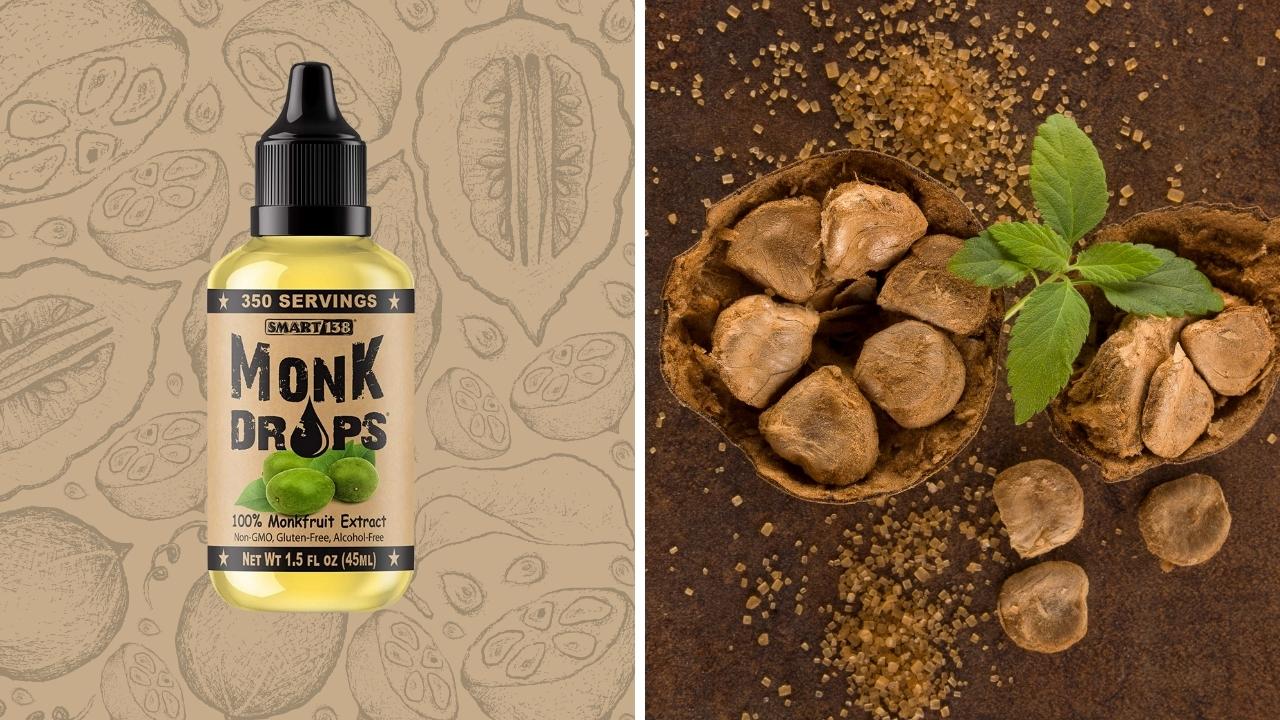
Are Splenda And Stevia the Same | Sugar-Free Smackdown
Discover the differences and similarities between two popular sugar substitutes - Splenda and Stevia. Learn which one may be the better choice.
Are you confused about the differences between Splenda and Stevia? Are they actually the same, or do they have distinct reasons to exist?
In terms of sweetness, one is far sweeter than the other, while another has a subtle flavor with complex notes.
Which one should you reach for if you don't want to add too many calories or give up your favorite treats? Let’s explore them both!
- Splenda is made from the artificial sweetener sucralose, while Stevia is derived naturally from the leaves of a plant.
- Splenda has more sweetness than stevia—up to 2 to 3 times more.
- Both Splenda and Stevia are considered generally safe by the FDA; however, they may come with some side effects when taken in large quantities.
- Splenda is better for baking because it can withstand high heat and maintains its sweetness, whereas stevia works best for sweetening beverages or cold foods like yogurt.
What is Stevia?
Stevia is a natural zero-calorie sweetener derived from the leaves of the stevia rebaudiana plant native to South America.
It's extremely sweet — up to 200-300 times as sweet as sugar.
It can also be used in baked goods and beverages, thanks to its minimal effect on blood sugar levels.
The process of making Stevia involves several steps, including:
- Harvesting the leaves: The Stevia rebaudiana plant is harvested for its leaves, which contain compounds called steviol glycosides that give Stevia its sweet taste.
- Drying the leaves: The fresh Stevia leaves are dried and then processed into a powder or liquid form.
- Extracting the compounds: The dried Stevia leaves are steeped in hot water, which extracts the steviol glycosides from the leaves. This creates a concentrated solution of Stevia extract.
- Purifying the extract: The Stevia extract is then purified by removing any impurities, such as plant fibers, chlorophyll, and other compounds that may give the extract a bitter taste.
- Concentrating the extract: The purified Stevia extract is concentrated further to create a more potent sweetener that can be used in food and drink products.
- Mixing with other ingredients: The concentrated Stevia extract is often mixed with other ingredients, such as maltodextrin or erythritol, to create a product that is easier to measure and use in cooking and baking.
The taste of stevia can be described as having a mild licorice or herbal note, which some people find unpleasant. For some, a bitter aftertaste may linger.
However, many manufacturers blend it with other ingredients to make it more palatable.
What is Splenda?
Splenda is a sucralose-based artificial sweetener made by combining sucralose and maltodextrin.
It was created in 1976 but only became available in 1991 after extensive testing had been done to ensure its safety for consumption.
- Sucralose is a type of indigestible artificial sugar, made by modifying sugar molecules to create a new compound that has no calories or nutritional value.
- It is made by replacing three hydrogen-oxygen groups (hydroxyl groups) on the sugar molecule with chlorine atoms. This change makes Sucralose around 600 times sweeter than sugar, with a similar taste profile.
When consuming Sucralose, our bodies do not treat it as a carbohydrate or sugar, because it is not metabolized in the same way.
Instead, it passes directly through the digestive system without being broken down and is eventually eliminated in the urine.
This means that sucralose has zero calories, and does not affect blood glucose levels or insulin response.
Splenda has been popular because it doesn't have an aftertaste like other artificial sweeteners, so it works well in coffee and tea as well as in baking recipes that call for sugar.
Some people also prefer the taste of Splenda since it doesn't have any distinct flavor notes like stevia does.
Key Differences Between Stevia and Splenda
So now that we know what each of these two types of sweeteners is all about, let's take a look at their key differences:
- Chemical composition: Splenda is a chemical compound made from sucralose and maltodextrin; stevia is derived naturally from the leaves of the stevia plant.
- Taste: Splenda has no noticeable taste while stevia has a slight licorice or herbal note that some people find unpleasant.
- Sweetness level: Splenda packs much more sweetness than stevia—up to 600 times more!
- Nutritional value: Both are calorie-free; however, Splenda contains carbs while stevia does not contain any carbs or calories at all.
- Uses: Both can be used in food and drinks; however, due to their greater sweetness level, Splenda works better in baking recipes that call for sugar whereas stevia works best when added sparingly due to its strong flavor profile.
Some Commonalities Between Splenda and Stevia
- They are both a low-calorie sweetener used to reduce the amount of sugar in foods and drinks.
- Both Splenda and Stevia are several times sweeter than sugar, so smaller amounts are needed to achieve the same level of sweetness.
- They are both considered safe for consumption by the FDA.
- Both Splenda and Stevia are available in various forms, including granulated, liquid, and packets.
- They are both used in a wide range of food and drink products, including baked goods, beverages, and desserts.
- Splenda and Stevia are both low glycemic index sweeteners, which means that they have little impact on blood sugar levels.
Are Stevia and Splenda Safe?
Although Stevia and Splenda are considered generally safe, the long-term effects of these sugar substitutes on health remain uncertain.
Both Stevia and Splenda are approved by the Food and Drug Administration (FDA) as safe for consumption.
But, it's worth noting again that Splenda is an artificial sweetener made from sucralose, while Stevia is derived from a plant.
Although both sweeteners may seem like healthier sugar alternatives, they do come along with side effects.
Possible Side Effects
Splenda has been associated with digestive problems such as bloating, gas, and diarrhea, especially when consumed in large quantities.
On the other hand, Stevia, when taken in high amounts, may cause problems with blood sugar control, low blood pressure, or even allergic reactions in some people.
It's always best to consult with your doctor before adding any calorie-free sweeteners to your diet, just to be safe.
Usage
When it comes to usage, Splenda is generally preferred for baking because it can withstand high heat and maintain its sweetness.
Stevia, on the other hand, is not a one-to-one replacement for sugar in baking and can alter the texture and taste of the final product. However, it's great for sweetening beverages or foods that don't require high temperatures.
Which One Should You Choose?
It's a matter of personal preference, really. If you're looking for a sugar substitute in your coffee or tea or looking to use it in cold recipes, Stevia might be the better option. If you love to bake, then Splenda may be your go-to.
However, if you have health concerns, Stevia may be the better option since it's a natural sweetener, and it doesn't cause a spike in blood sugar levels.
If you're looking for a product that tastes more like table sugar and has more consistency, then Splenda might be more of your liking.
Recommended For You...






